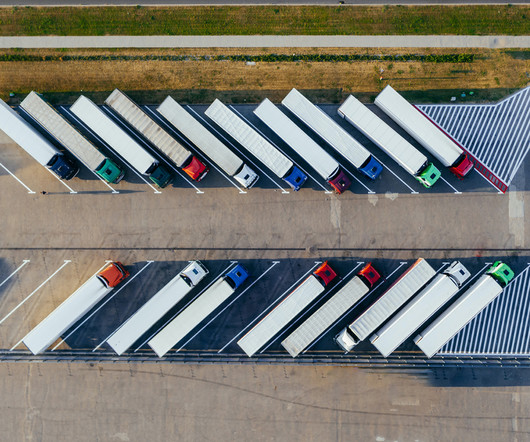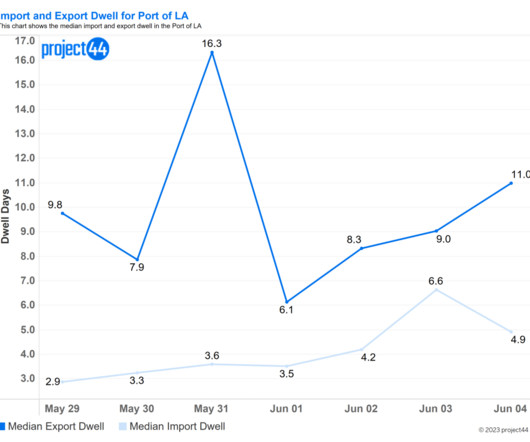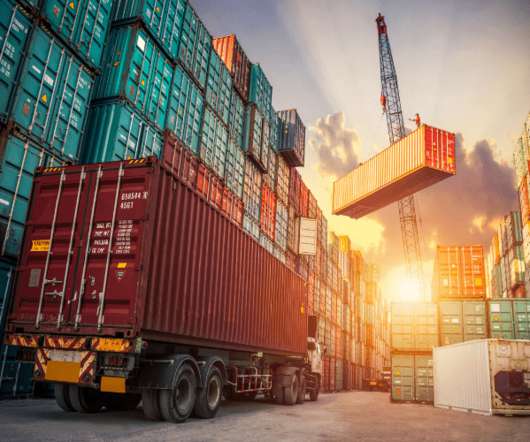Using Digital Supply Chain Planning to Respond to Market-Changing Disruptions like COVID-19
ToolsGroup
MARCH 17, 2020
Examples of this include expediting with LTL and air freight and costly in-network transfers from warehouse to warehouse–all of which erode profit margins. One US-based ToolsGroup manufacturing customer sources parts from several Chinese and Italian suppliers.
























Let's personalize your content